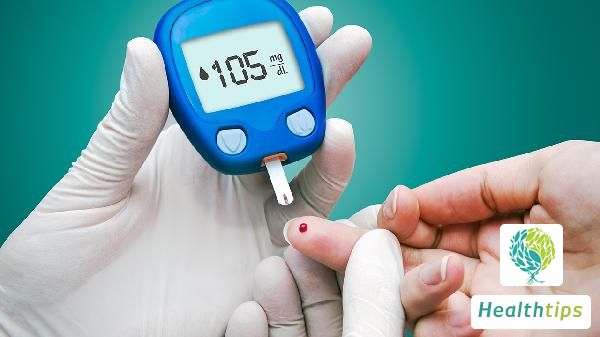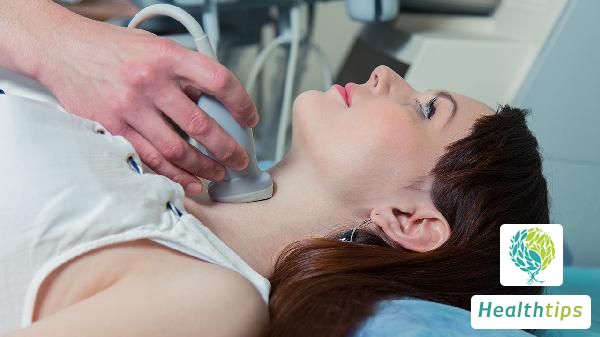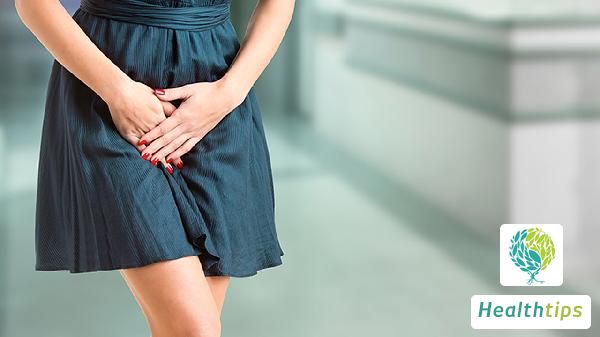Why Are There Small Bumps Developing Where the Plaster Was Applied?
Skin Irritation and Allergic Reactions After Applying Plaster

The appearance of small bumps where a plaster is applied is often caused by contact dermatitis due to skin allergy, or may result from the misuse of plasters to treat other skin conditions.
1. Skin Allergy:
When applying a plaster, certain ingredients in it may irritate the skin, especially for those with sensitive skin. Plasters are often made from traditional Chinese medicine components, which sometimes can trigger localized allergic reactions manifesting as bumps, itching, blisters, etc. The shape of the allergic area often resembles that of the plaster. If you experience this, remove the plaster immediately and thoroughly cleanse the skin with water. Subsequently, consider applying topical corticosteroid ointments such as halometasone cream, mometasone furoate ointment, or calamine lotion, which can quickly alleviate inflammatory reactions. Apply ice packs locally to avoid hot water stimulation. If symptoms are severe, oral antihistamines like loratadine or cetirizine can be taken. If you have a history of plaster allergy, it's best to avoid using them again.
2. Misusing Plaster to Treat Other Skin Conditions:
Certain skin conditions, like herpes zoster, can cause localized skin pain, which some people might mistakenly treat with a plaster thinking it's just regular pain. Herpes zoster can cause localized pain before the rash appears, and misusing a plaster may lead to redness, swelling, and small blisters. In such cases, antiviral medications like acyclovir or valacyclovir are necessary for treatment. Herpes zoster is a viral infection, and using a plaster is not only ineffective but may worsen symptoms.
3. Prevention:
To prevent skin allergies, test the plaster on a small area of skin before application to observe for any allergic reactions. If your skin is sensitive to certain ingredients, opt for non-irritating or low-allergen plasters. Maintain skin cleanliness and dryness, and avoid prolonged plaster use.
4. Additional Advice:
If you notice small bumps where a plaster was applied, avoid self-treating complex skin issues. Consult a doctor promptly for professional advice and treatment plans tailored to your specific situation. Maintaining good lifestyle habits and enhancing immunity can also reduce the occurrence of skin problems.
By following these methods and suggestions, you can better manage the issue of bumps after applying plasters. If symptoms persist or worsen, seeking medical attention promptly is the safest option. We hope this information is helpful to you.



















